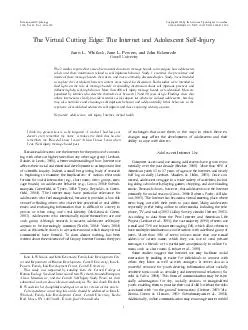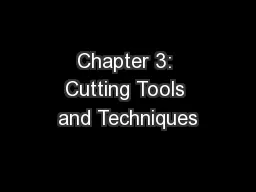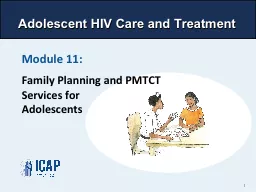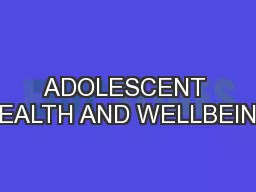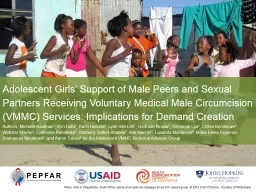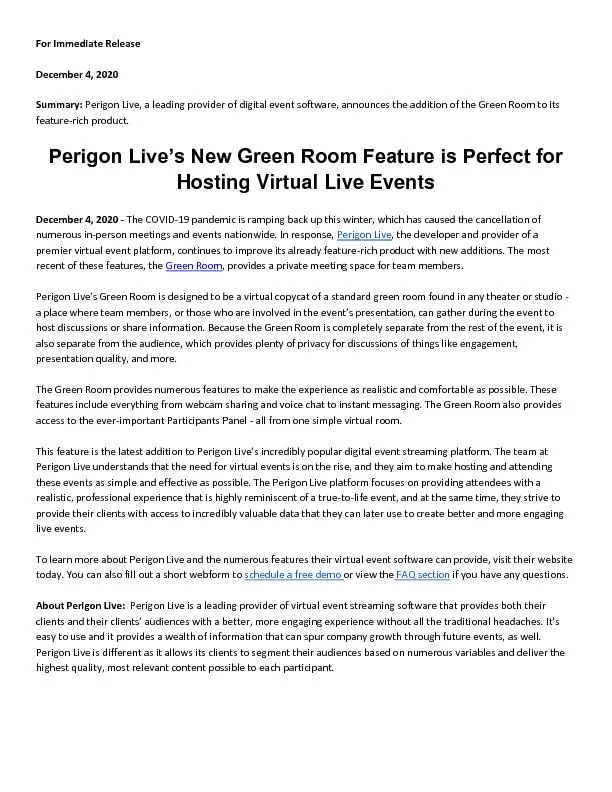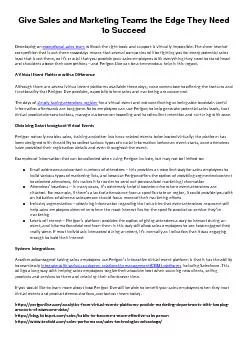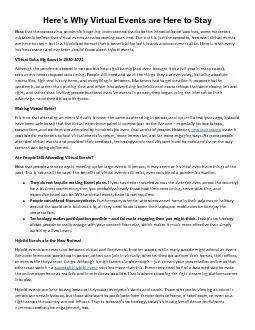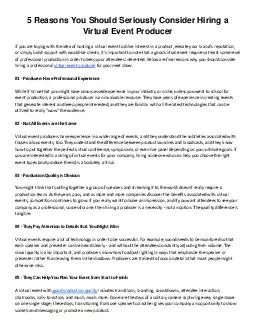PDF-The Virtual Cutting Edge The Internet and Adolescent SelfInjury Janis L
Author : sherrill-nordquist | Published Date : 2015-03-13
Whitlock Jane L Powers and John Eckenrode Cornell University The 2 studies reported here use observational data from message boards to investigate how adolescents
Presentation Embed Code
Download Presentation
Download Presentation The PPT/PDF document "The Virtual Cutting Edge The Internet an..." is the property of its rightful owner. Permission is granted to download and print the materials on this website for personal, non-commercial use only, and to display it on your personal computer provided you do not modify the materials and that you retain all copyright notices contained in the materials. By downloading content from our website, you accept the terms of this agreement.
The Virtual Cutting Edge The Internet and Adolescent SelfInjury Janis L: Transcript
Download Rules Of Document
"The Virtual Cutting Edge The Internet and Adolescent SelfInjury Janis L"The content belongs to its owner. You may download and print it for personal use, without modification, and keep all copyright notices. By downloading, you agree to these terms.
Related Documents

